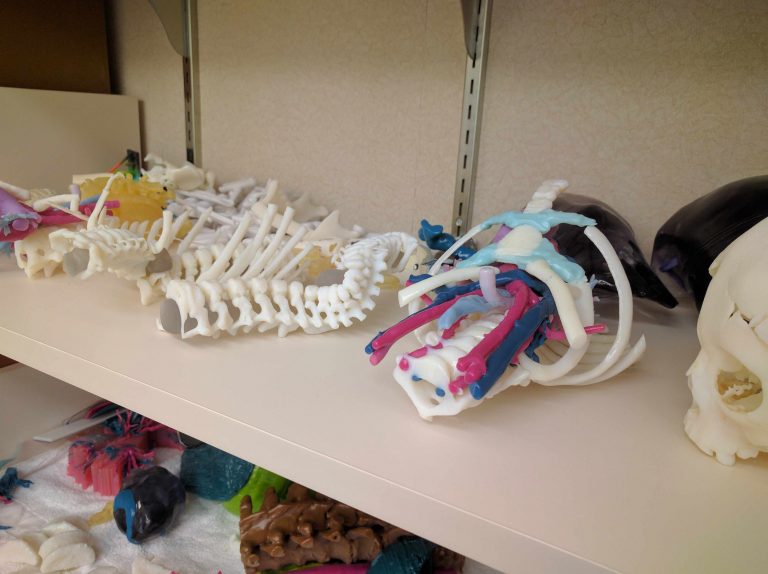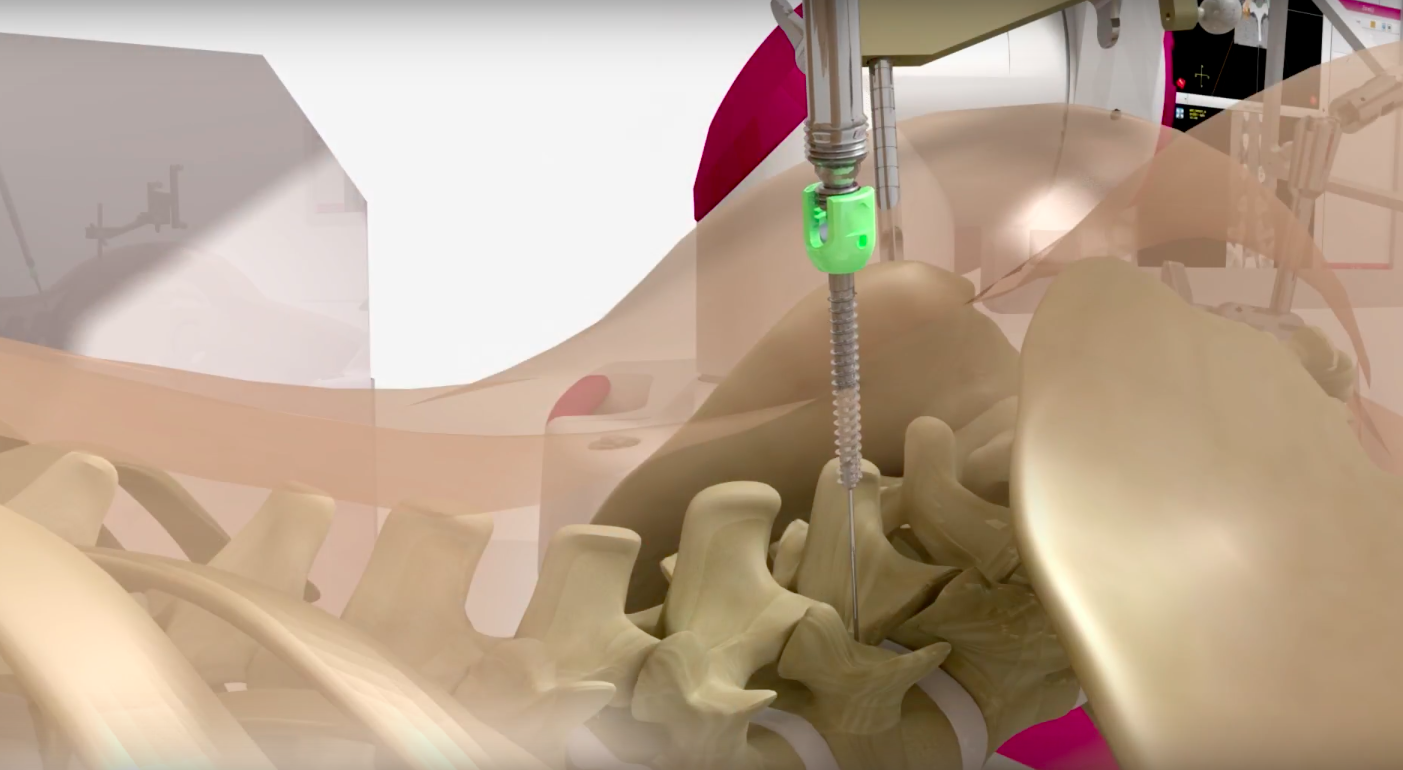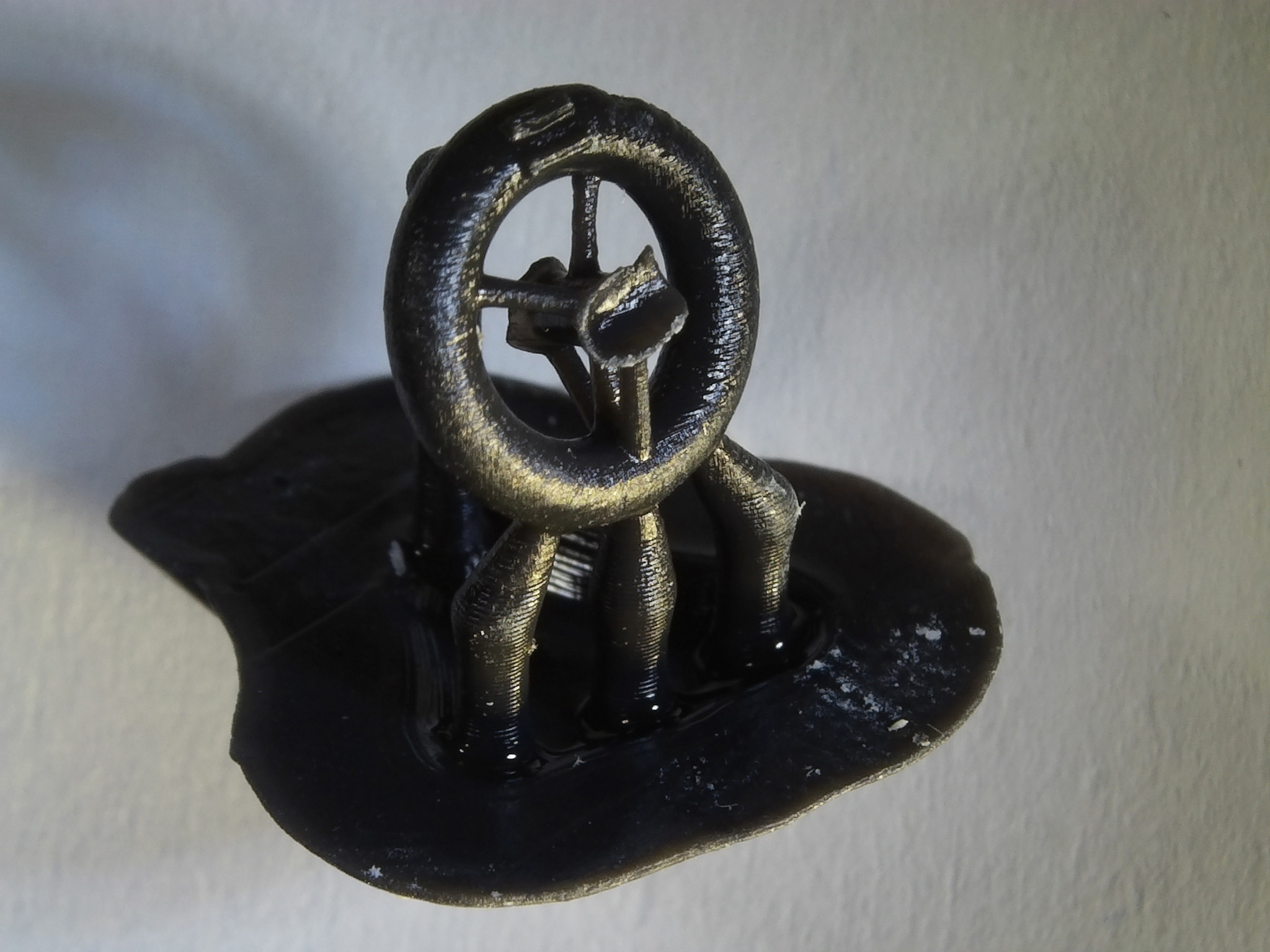The American Medical Association (AMA) has accepted a proposal from the American College of Radiology (ACR) which advances the use of 3D printing in healthcare.
ACR’s Category III proposal for the Current Procedural Terminology (CPT) codes, published and maintained by AMA, are tailored towards reimbursement for the production of 3D printed anatomical models and personalized 3D printed cutting or drilling tools.
In effect since the first of this month, the four new Category III codes are said to display the impact and value of additive manufacturing services within medicine. According to Jenny Chen, founder and CEO of 3DHeals:
“In the past, many payers (i.e. insurance companies) simply exclude any reimbursement to Category III procedures/services, often limiting the wider adoption of emerging technologies.”
“However, there is a trend from the payor side to cover Category III code, largely depending on the willingness among physicians to embrace the new technology.”

CPT Codes for 3D anatomical modelling
In September 2018, the AMA CPT Editorial Panel accepted ACR Category III codes 055T, 0560T, 0561T, and 0562T for 3D anatomic modeling. These codes are published in the CPT document which provides a consistent system to U.S. doctors for communicating medical services performed for over five decades. CPT is accepted both in private and public medical sectors.
The new codes are classified in Category III meaning they will be archived in five years if they do not reach Category I status. These new codes are as follows:
Codes 0559T and 0560T represent reimbursement for the production of individually prepared 3D printed models that can be made from one or more components and unique colors and materials. “These individual components of structures of anatomy include, but are not limited to, bones, arteries, veins, nerves, ureters, muscles, tendons and ligaments, joints, visceral organs, and brain.”
Codes 0561T and 0562T represent the production of personalized 3D printed cutting or drilling tools using patient imaging data. The 3D printed surgical tools are single-piece instruments and may be necessary to assist with surgery.

Valuing 3D anatomical modelling
As stated by Chen, many medical professionals have been underpaid for their efforts concerning 3D anatomical modelling, despite its positive impact on patients, thus, “Having a Category III code is a good start.”
Presently, ACR and the Radiological Society of North America (RSNA) are collaborating on building a registry for the collection of 3D printing data in hospital settings. This is intended to demonstrate and document the increasing use of the technology.
“For 20 years, we have worked to get the nomenclature in place, and now having the codes established at least gets us on the board,” Andy Christensen, Executive Committee Member and Treasurer of the Special Interest Group, RSNA, told AuntMinnie.
“We are in this period, for the next couple of years, where we will be collecting data and trying to extract clinical value in order to push forward to get permanent codes.”
The RSNA previously published a set of guidelines suggesting standard approaches for 3D printing in healthcare.

Subscribe to the Industry newsletter, like us on Facebook and follow us on Twitter for all the latest medical 3D printing news. Also, visit Jobs for new opportunities in additive manufacturing.
Featured image shows a 3D printed kidney tumor model used in pre-surgical planning. Photo via Stratasys.

Leave A Comment